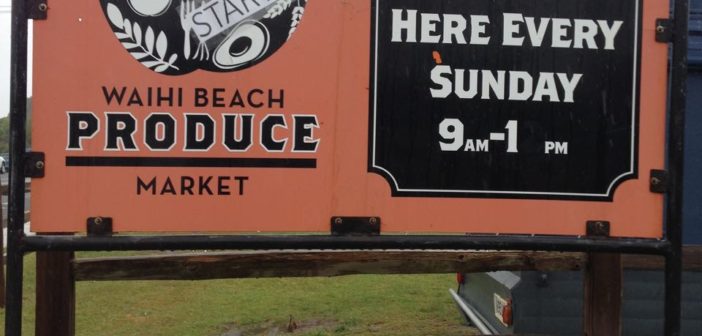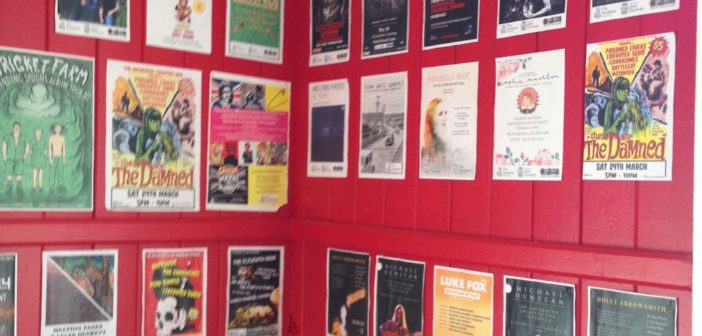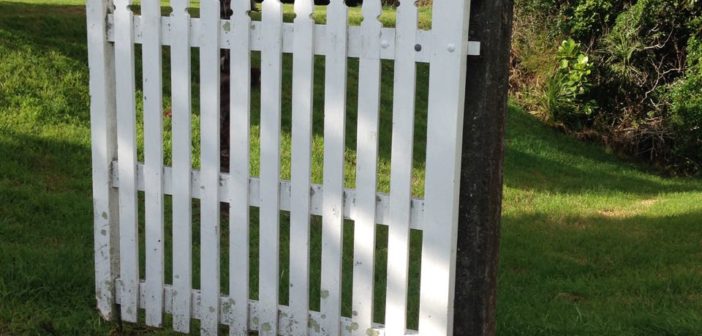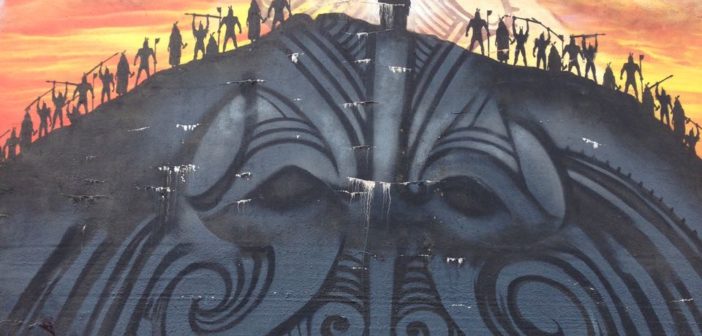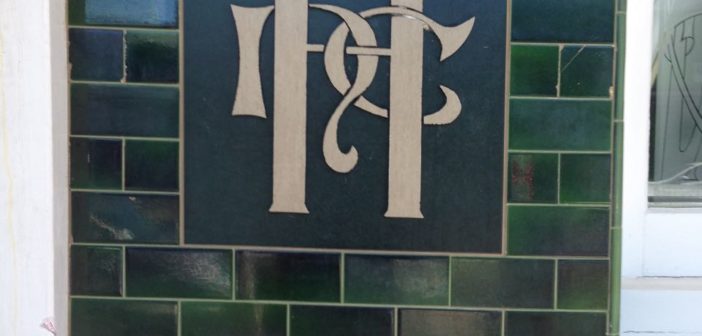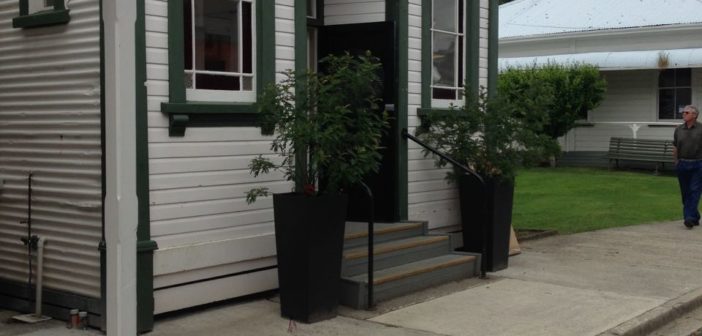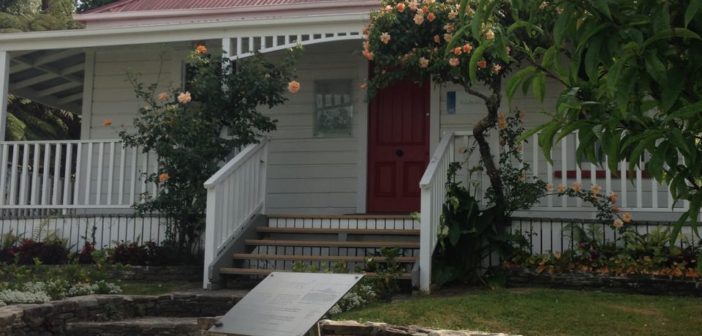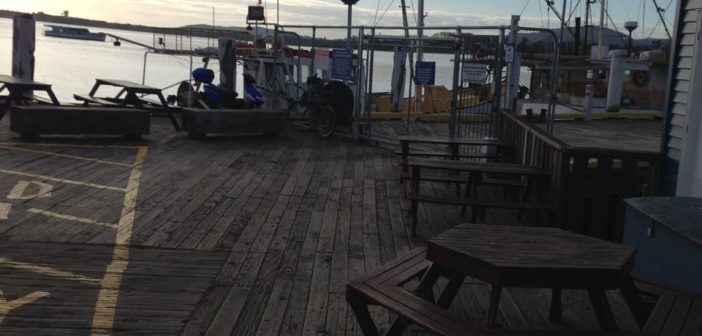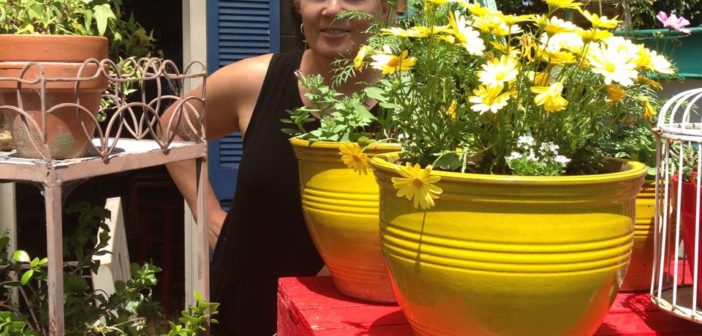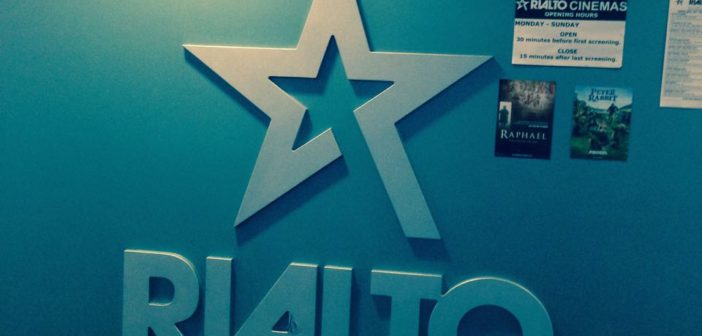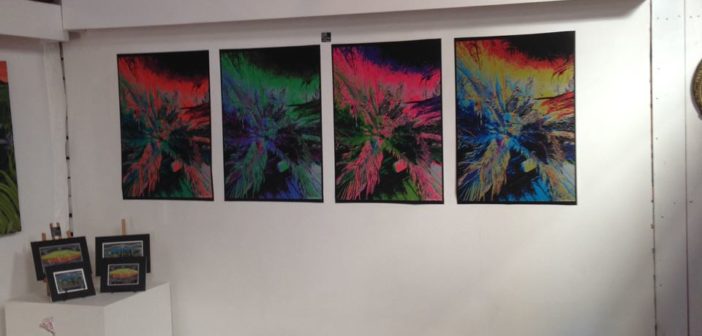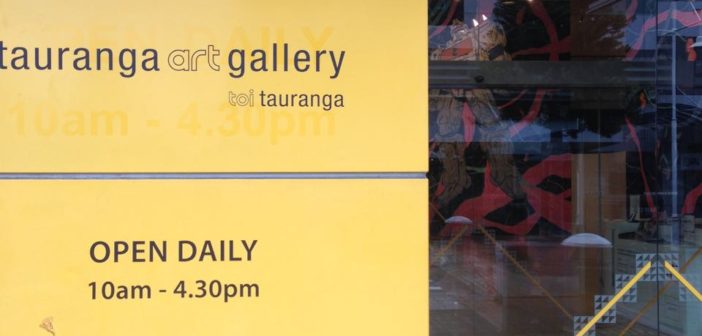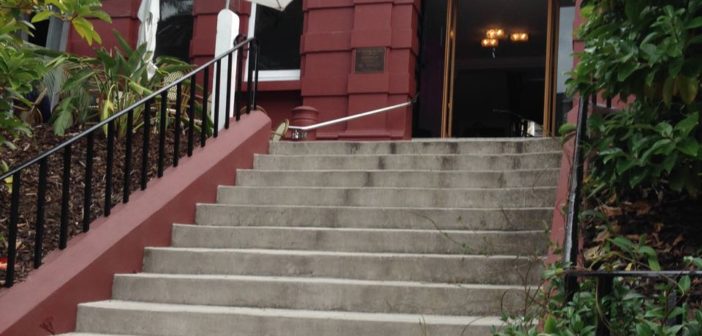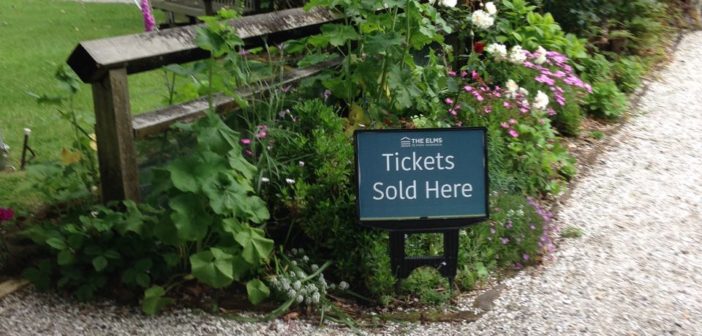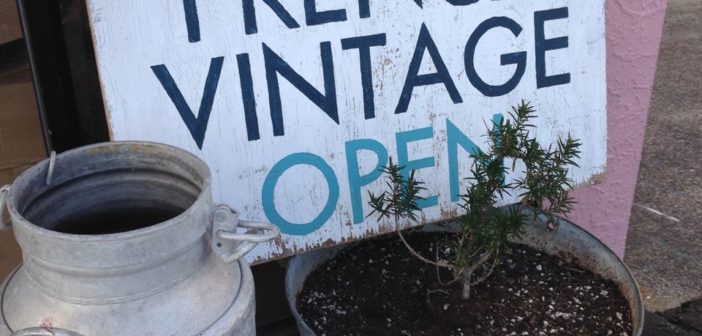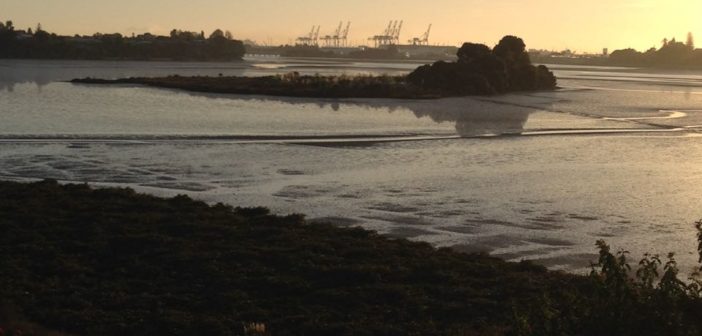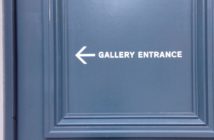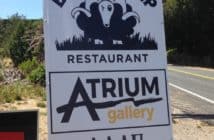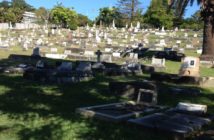“On the 29 April each year, St George’s Anglican Parish of Gate Pā and the Tauranga Moana (Anglican) Maori Mission invite all those who wish to attend, to a short service at St. George’s Gate Pā to commemorate the the Battle of Gate Pā and to honour all those who fought and died in this tragic event.
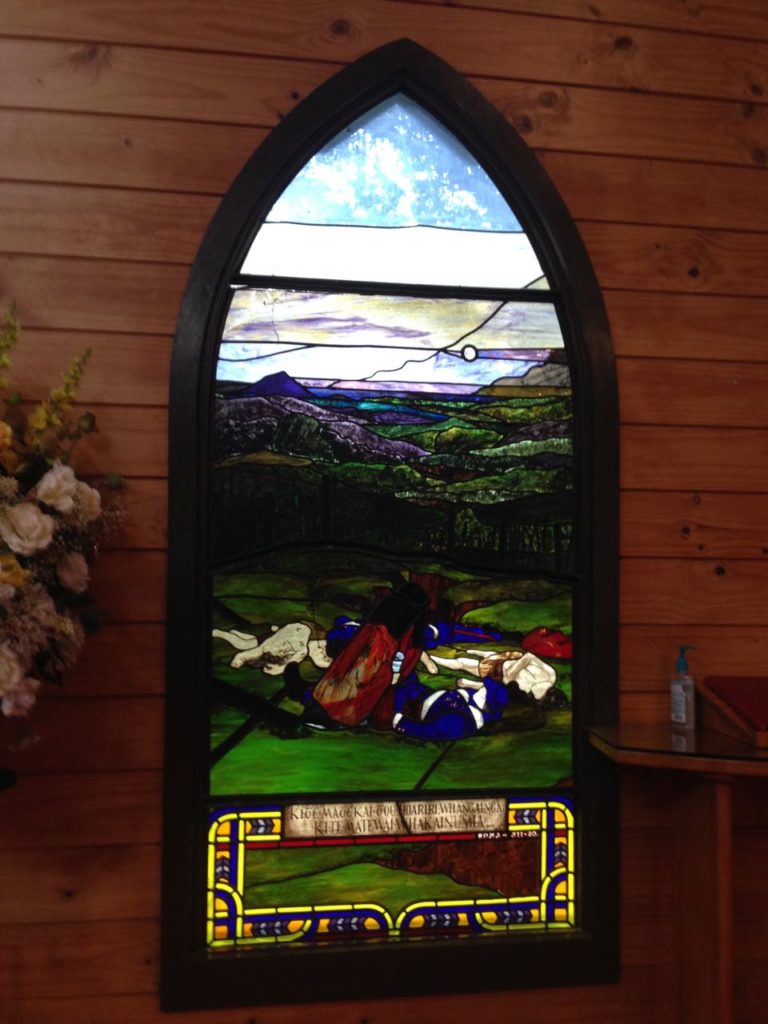 This year a force greater than the soldiers and warriors of 1864 defers commemoration until 4pm on Wednesday 28th October. The relatively small church building is almost full when I go in. I’ve been in the Church before but today it’s almost overpoweringly warm, a feeling intensified by the bright red carpet and gleaming wooden walls. Apart from the carpet, this simple construction is the antithesis of the formality of the ornate architectural traditions of earlier European churches. It’s like a sitting room in a large Lockwood home.
This year a force greater than the soldiers and warriors of 1864 defers commemoration until 4pm on Wednesday 28th October. The relatively small church building is almost full when I go in. I’ve been in the Church before but today it’s almost overpoweringly warm, a feeling intensified by the bright red carpet and gleaming wooden walls. Apart from the carpet, this simple construction is the antithesis of the formality of the ornate architectural traditions of earlier European churches. It’s like a sitting room in a large Lockwood home.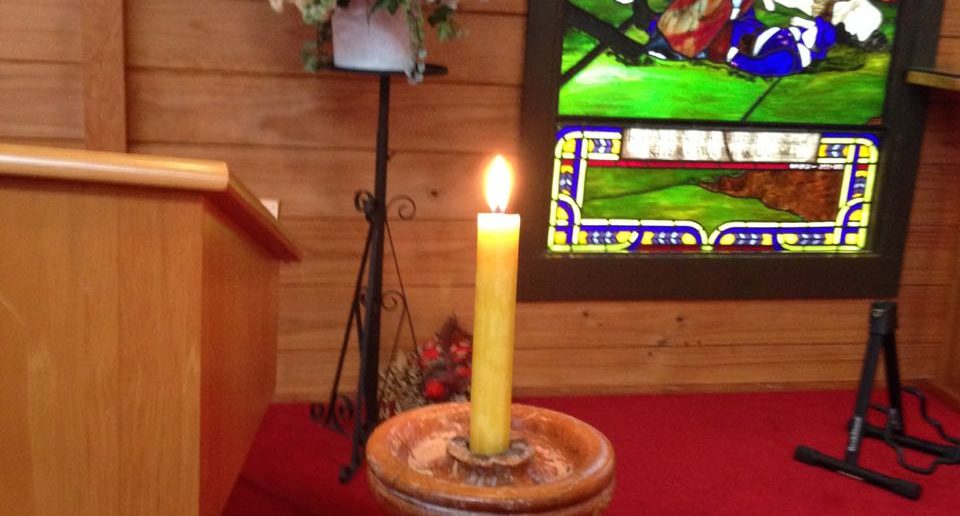
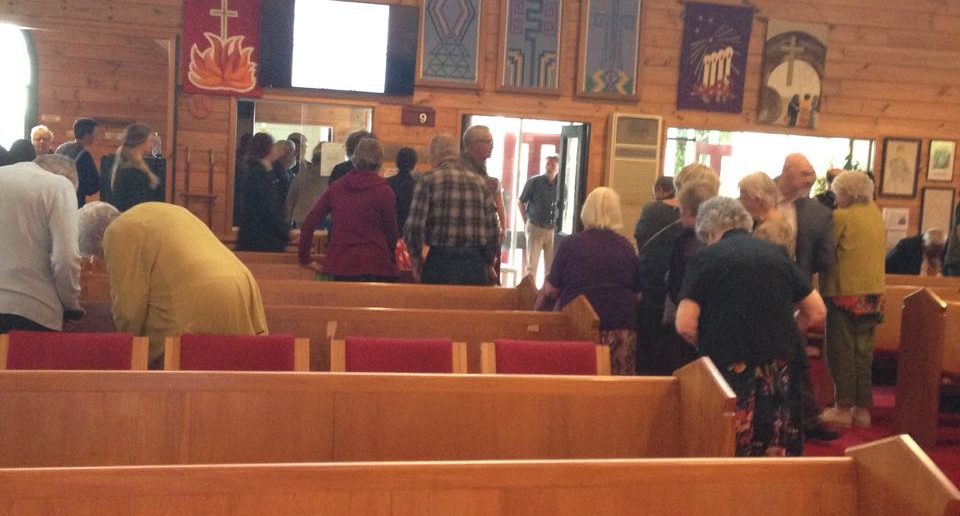
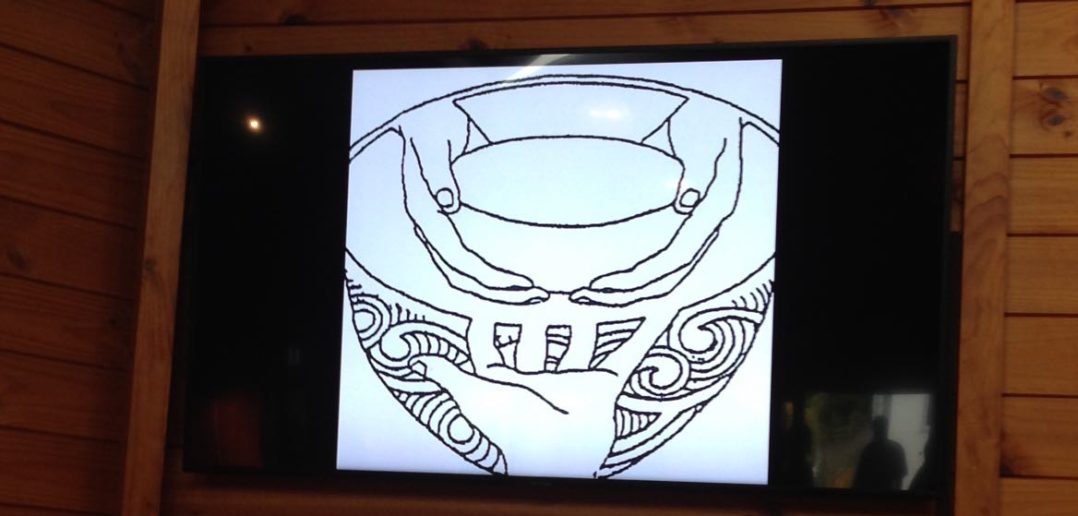 Buddy Mikaere, advocate and historian reads the words of battle participant Hori Ngatai (Taiaho Hori Ngatai, Chief of Ngai Te Rangi). There are prayers – ever hopeful, irrationally so. The Naval prayer is spoken in Te Reo Maori and in English by an officer in very close fitting brilliantly white Number Ones. The Mayor of Tauranga wears his military background and notes the continuing thread of colours from the Durham Light Infantry of history to his contemporary regiment. I have one my “pause” moments remembering that the DLI were also those involved in the massacre which followed at Te Ranga.
Buddy Mikaere, advocate and historian reads the words of battle participant Hori Ngatai (Taiaho Hori Ngatai, Chief of Ngai Te Rangi). There are prayers – ever hopeful, irrationally so. The Naval prayer is spoken in Te Reo Maori and in English by an officer in very close fitting brilliantly white Number Ones. The Mayor of Tauranga wears his military background and notes the continuing thread of colours from the Durham Light Infantry of history to his contemporary regiment. I have one my “pause” moments remembering that the DLI were also those involved in the massacre which followed at Te Ranga. 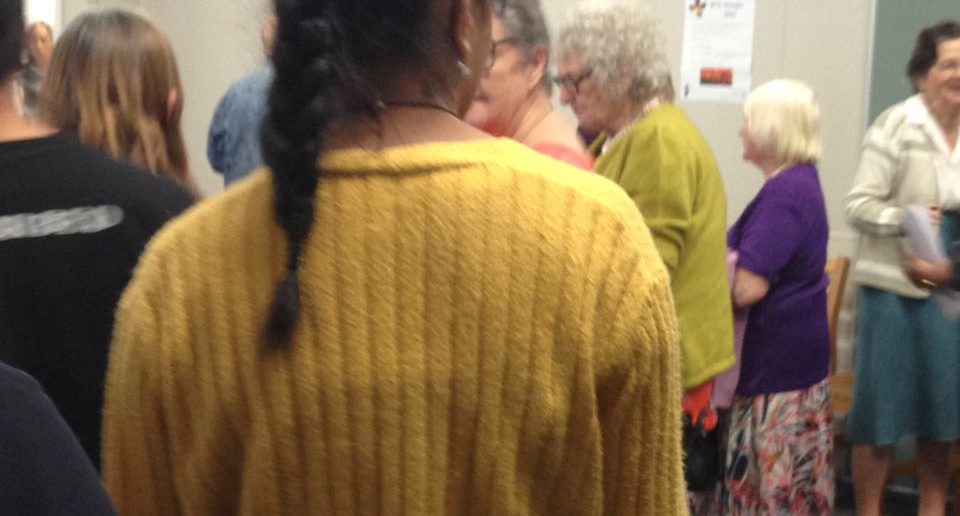
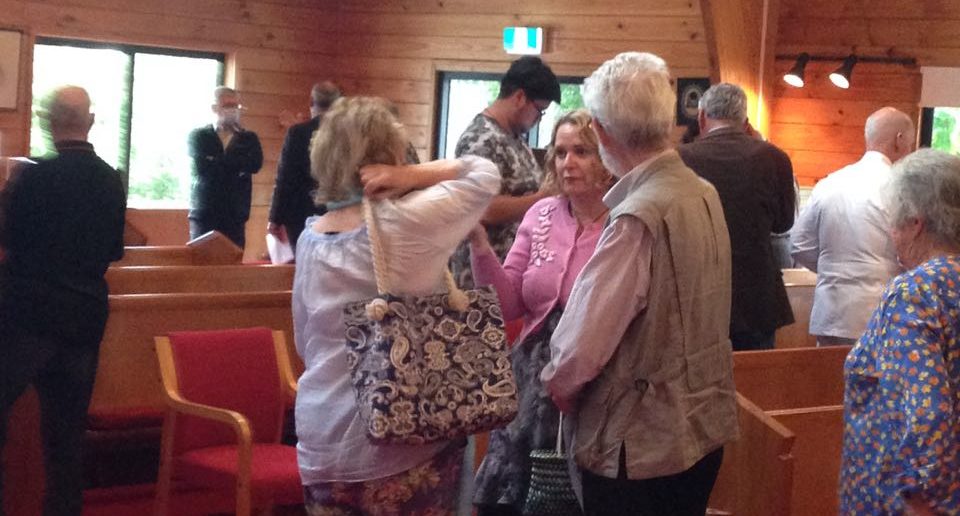
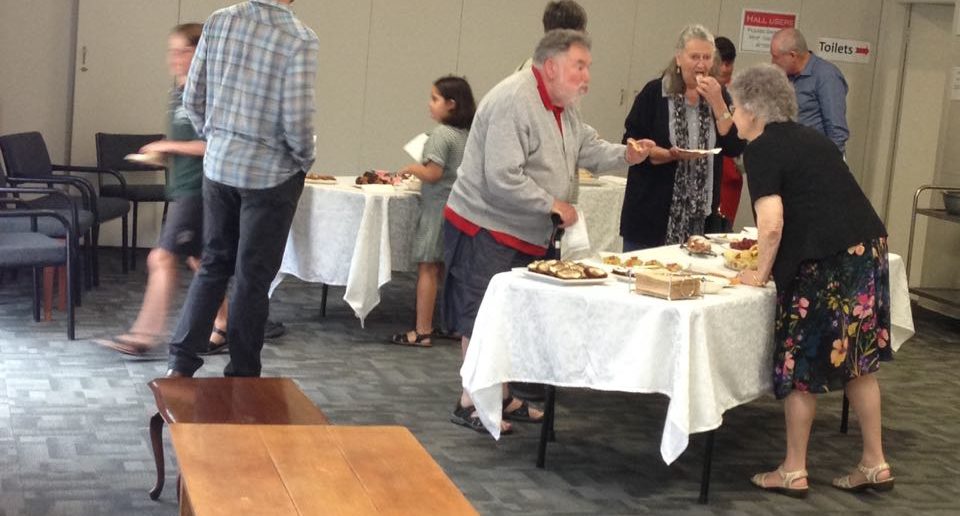
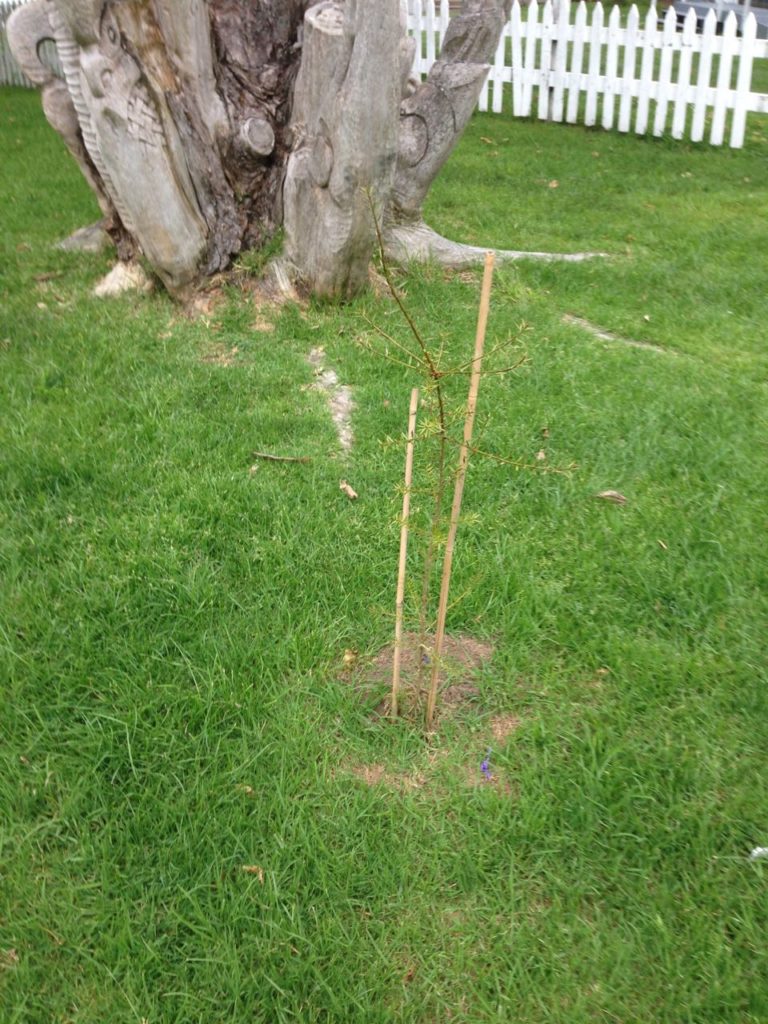 Two huge Totara were decimated to make way for the stage – something I couldn’t believe at the time. I keep as a treasure a large piece of the outer bark of one of these trees given to me by the carver. Today Tamati Coffey is standing on the stage erected for previous commemorations. He is looking out over the quiet standing trees.
Two huge Totara were decimated to make way for the stage – something I couldn’t believe at the time. I keep as a treasure a large piece of the outer bark of one of these trees given to me by the carver. Today Tamati Coffey is standing on the stage erected for previous commemorations. He is looking out over the quiet standing trees.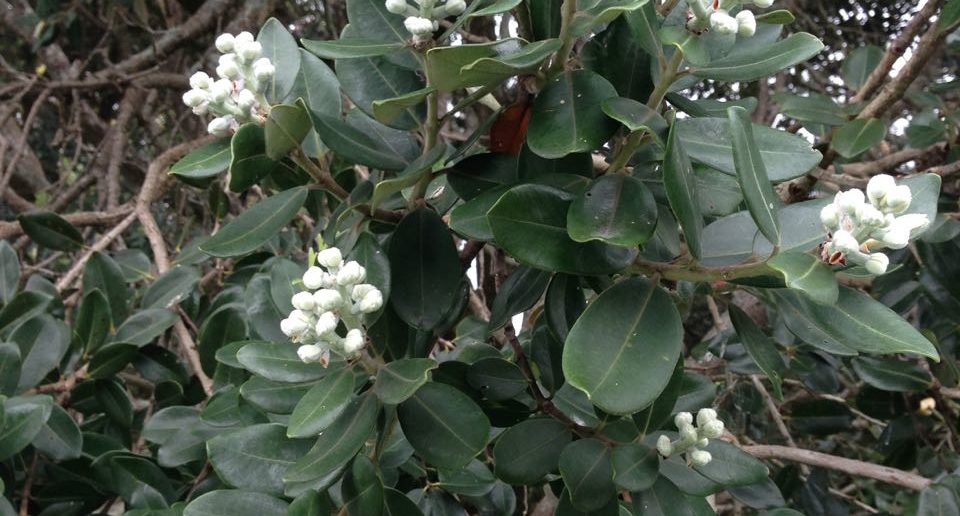
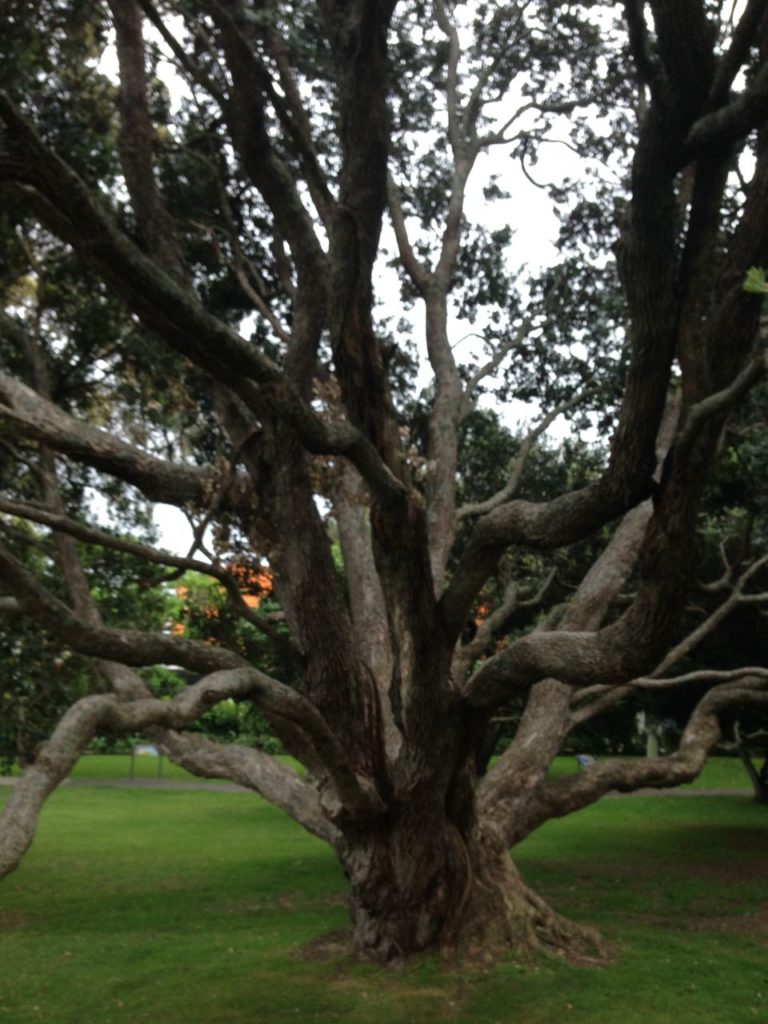
I walk past the line of pou defending the streetside edge of this historic remnant. I wonder how short-sighted it was not to retain the site of the current Gate Pa shopping complex as a museum and cultural centre site. Much as I enjoy shopping in Mitre 10 I’m often comparing it with the transformation of an ordinary commercial building into the beautiful central Whakatane Library and Exhibition Centre. 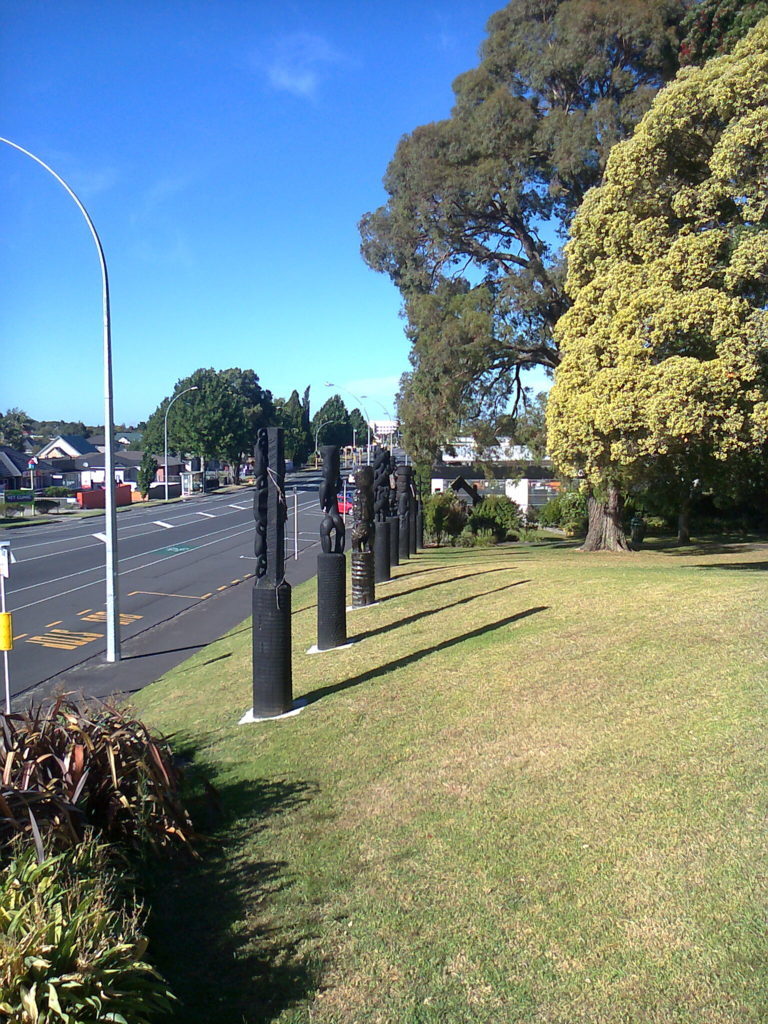
I drive away from St George’s down the roadway named after the colonial soldier back to a home in the rural hills where historic village destruction and crop burning added another layer to land alienation and the pathway to our contemporary need for reconciliation. 
How the Ngaiterangi repulsed the Pakeha at the Battle of Gate Pa
Listen to this on booktrack (ebooks with soundtracks)
An Introduction by Mr James Cowan
When Hori Ngatai, an aged chief of Ngaiterangi, was in Wellington for the last time in 1903, he was induced to tell the story of the Gate Pa fight to a select company of Europeans.
Of all the conflicts between Maori and Pakeha in the war days of the sixties, no engagement surpassed in thrilling interest the battle of Gate Pa, fought at Tauranga on April 29th., 1864.
The heroic stand of Maniapoto, Ngatiraukawa and Urewera Maoris at Orakau, in the Upper Waikato, a few weeks previously, ended in the utter defeat of the valiant Kingites with a loss of more than half their number slain. The hostile attitude of the natives in the Bay of Plenty drew upon them the attention of the Imperial troops, and on the Pukehinahina Isthmus, a short distance from the pretty town of Tauranga, was fought the memorable battle of the Gate Pa, ending in the rout of the British forces, an army of about 1680 men baffled and defeated by a brave little Maori band numbering less than one-tenth of the white General’s forces. In the repulse which followed the assault on the hastily built Pa, many men of the land and naval forces fell killed or wounded—the proportion of the officers killed was remarkably heavy. In the little green cemetery in the famous old Pa of Otamataha at Tauranga, overlooking the noble harbour, the gallant Englishmen sleep their last sleep, and there Colonel Booth and his grand old enemy, Rawiri, slumber side by side, true warriors and brave, who fell, each fighting for his nation’s honour, deadly foemen, that stirring day of ’64, but now united in the rest which reconciles all men.
Hori Ngatai, the narrator of this story of the fight, is a fine type of Maori chief. A tall, soldierly old Rangitira, with a steady, determined eye, which one can well imagine to have flashed defiance at the pakeha hosts. His well cut face is marked with the blue lines of the moko on cheeks and chin, and a short grey beard lends an air of benevolence to the veteran warrior’s features. Hori is the principal chief of the Ngaiterangi tribe of Tauranga, and sets his people a fine example of industry. He is pleased and proud to tell of the plucky stand made by his people at the Gate Pa, a stand distinguished by many a noble act of chivalry on the Maori side.
This is Hori Ngatai’s story as told in Wellington, in answer to questions put by Captain Mair, of the Native Department, and translated by him to the shorthand reporter. He spoke very modestly of his own share in the fighting, but his comrades bear witness to his energy and courage.
The Warrior Speaks
“I was a young man of about twenty five when we fought the Pakeha at the Gate Pa. I had already seen some service with my tupara (d.b. fowling piece). When the war began I and some of my people went to assist our kinsmen and joined the Kingites at Meremere in the Waikato River. There we exchanged shots with the British gunboats on the river, and were under rifle and shell fire. My second engagement was at Otahu. The Gate Pa was my third fight, and then came our repulse at Te Ranga, where over one hundred and fifty of our people were slain by the Imperial and Colonial soldiers, who stormed our unfinished position at the point of the bayonet. That was a black day for Ngaiterangi, but I will tell of that another time. I will speak of the Gate Pa engagement.
In the New Year many of our people had gone to assist the Waikato natives. We were waiting to be attacked by the Imperial Troops at Te Tiki-o-te Ihinga-Rangi, between Cambridge and Maungatautari, when news came that soldiers had been landed at Te Papa, Tauranga, so we hurried back across country to defend our own homes.
On arrival in our homeland we decided to fortify our pas and fight to the last against the pakeha. The majority of Ngaiterangi selected a strong old pa at Waoku at upper Waimapu, which we strengthened and there waited to be attacked. Other sections took up positions at Kaimai, Poripori, and Wairoa, etc., on the main roads leading from Tauranga to Waikato. My own people occupied Te Wairoa. There we were joined by two noted fighting men of the Whakatohea (Opotiki) tribe, named Tamaki and Te Poihipi. Meetings were held and a plan of action agreed upon.
The Maori’s Challenge
We drew up a challenge in the form of a letter to the British General inviting him to meet us and fight it out. This letter was sent by a herald to the pakeha camp at Te Papa, and we waited a reply. All was excitement. The clansmen were busy preparing for the fray, making cartridges, sharpening tomahawks, cleaning guns, getting food supplies and so forth. Martial councils were held and great war dances took place daily to put our young men in form and to arouse their warlike spirits. Our leaders drew up a code of regulations for the conduct of the fighting. It was resolved that barbarous customs should not be practised by us, that the wounded should be spared, and the dead should not be mutilated. We resolved, too, that we should not harm non-combatants or unarmed persons. In short to fight fairly and squarely on the same lines as the pakeha. These regulations were put in by Rawiri Puhirake. This document was lost by us at Te Ranga and found by the Europeans in the trenches there, and is, I believe, still in existence.
For some time we waited for a reply to our challenges, but none came. We considered it very discourteous of the English that they did not even acknowledge that letter. We could not understand them making no move of any sort. We became impatient and it was decided to attack the soldiers’ camp at Te Papa. Our party started out one night and selected men from the other detachments who joined up at Kopurererua. Just as they were starting a gun accidentally exploded, wounding one of our men and giving the alarm, so we abandoned the attack and returned to our quarters.
The Building of the Fort
Some days went by and at last we resolved to occupy and fortify a position on the ridge known as Pukehinahina, about three miles from the town of Tauranga. This place was called the Gate Pa, by the Europeans, because a ditch and bank had been made across the narrow ridge connecting the two arms of Tauranga harbour, Waikareao and Waimapu. In the evening we set out for this place, every person carrying bundles of flax, small manuku, and tupakihi poles and sticks for building our redoubt—you know how scarce timber is at Tauranga.
We crossed high up the Kopurererua and met the Hairini and Waoku detachments in rear of Pukehinahina. We reached the position about midnight, and started at once to build two pas. We trenched out one (the smaller of the two), on the western side of the ridge. This was built by the Pirirakau (bush denizens) and Ngaitamawhariua hapus of Ngaiterangi and the Koheriki people. Heta and from thirty to thirty-five men garrisoned it. The large pa on the eastern side of the ridge was garrisoned by about two hundred men of the Ngaiterangi. Our women were with us, working as hard as the men, carrying back loads of material for the defences and food for the warriors. We sent them away to safety before the fighting began. We were very short of wood for the stockade, so next night a number of us went down toward the township quite close to the soldiers’ quarters and pulled down Mr Clarke’s fence and collected all the timber we could, also demolishing a stockyard and hauling the rails back to our position. They came in handy for the pa. With the material so obtained we built a light low fence enclosing the two redoubts. Besides the fences there were parapets, ditches and rifle pits, and within the redoubt shelters were dug for the protection of the garrison. Men went to Pukereia to collect timber to roof over our rifle pits and covered ways. While so engaged three Europeans were seen approaching on horseback. Our men concealed themslves in the fern and the pakehas rode straight up to where they lay. I think Colonel Harington was one. They suddenly came upon the Maoris, but were not molested, and seemed very glad to escape, going back faster than they came. Then we knew why the pakeha chief had not sent a reply to our challenge. It was because the Europeans were waiting for reinforcements from Auckland, and now they had come; so we girded up ourselves for the fight, and our leaders spoke words of valiant encouragement, bidding us be strong and fearless and strike hard for our homes, though all the might of Ingarangi (England) assailed us.
Men and Guns Landed
The tall masted ships landed their men, stores and big guns on the beach; this work occupied two days. One vessel landed all her coal and stores at Horoipia, below the Narrows, and thus lightened, steamed up and anchored opposite Te Papa township. The white tents of the Queen’s soldiers covered the foreshore, the bugle called to us on Pukehina ridge. One morning we were all out at the back of our fortification where the food was being cooked, waiting for our breakfast. One man, Poihipi (the Wakatohea Chief) remained in the redoubt as sentry. Suddenly, as our eyes ranged over the country towards Te Papa, we saw unusual activity in the soldiers’ camp.
In Battle Array
The warriors of the Queen, soldiers and sailors, were marshalled in array of battle, and then they advanced towards us. T’was an army that marched against our fort—a great body of infantry and a number of cannon. Anana! The hour was at hand. Te Poihipi, a cool brave man, called out to us from his post on the parapet: “Eat well, oh friends. Eat leisurely—make one more hearty meal. I will watch here and give you timely warning.”
The Attack
The British column came to within five or six hundred yards of our front, then most of the soldiers turned to the right on to Pukereia Hill, where they mounted their guns and pitched tents. One of the cannon (the 110lb. Armstrong) was planted in the middle of the road, right opposite our pa. Some of the soldiers came quite close to us, walking leisurely about smoking their pipes. This was on April 28th. Soon there was a flash and a roar and a shell from the big gun flew whistling like a “Kehua” (spirit) over our heads. Several other shots followed, and some rockets were fired at us without much effect. The troops in front made a sort of sham attack, while a large force (the 68th Regiment under Colonel Greer) deployed round by Ruatuna, guided by Tupotahi and Hamiora Tu, and under the cover of darkness took up a position in our rear. So the next morning the pakehas were in front of us, on our left flank and in our rear, and then the fight began in earnest. The big guns poured shot and shell into our position and the rifle balls whistled round us.
The Fate of the Maori Chaplains
One of the most remarkable incidents of the siege was the killing of both our tohunga. We had two men of prayer in our camp. One who was a Christian minister named Ihaka (Isaac), who fortified us with the rites of the pakeha religion. The other was a heathen priest, one Te Wano, who performed the war rites of our forefathers and recited the olden time karakias (invocations) for victory in the fight. So we were making things right with both sides— the Christian God and the Atuas of the Maori. It was all tino tika (very correct). The cannonade that morning began just as we were about to eat our meal of potatoes. Our Christian tohunga Ihaka, clad in a white surplice, was standing up in a very conspicuous position invoking a blessing. Just as he uttered the words:—”May the grace of our Lord Jesus Christ and love of—” a shell from one of the big guns struck him in the waist, and bursting, scattered his body all over the place. Aue (alas), what a sight. Panepane, one of our old men, a tatooed veteran, had leaned his gun against the earthworks while he joined in the prayers. After the burst of the shell he went to pick up his gun and found some of the dead Minister’s intestines were wrapped round and round the barrels, and a grim joke even at the cannon’s mouth did the old warrior utter:— “He hinu ano kai roto i te purepo a te pakeha,” (“See, the white man even load and fire delicacies at us through their big guns.”)
A few hours later our other tohunga was killed in a precisely similar manner. Te Wano was standing up in an elevated position exhorting us and reciting olden incantations when a cannon shot took him short and he parted from us.
Stormed at with Shot and Shell
The cannonade became heavier. An awful fire was concentrated on our redoubt. Eighteen big guns (so we learned afterwards) were hurling their projectiles at us and shells were bursting all round. Our fences and frail parapets crumbled away under the heavy artillery fire, and splinters and earth were continually flying through the air. We were every now and then smothered with the dirt thrown up by the exploding shells, and this the rain, which had set in, soon converted into mud. To add to our suffering, the troops who had crossed an arm of the Kopurererua swamp had, by dint of laying down planks and fascines, managed to get a big gun across, which they placed on a hill to our left and it completely raked our position. The troops in our rear (the 68th) began to close in on us. The chief, Te Hawa, stood up on the ruined parapet shouting defiance at them and calling on us to meet their attack with courage.
Our position now seemed desperate. All our defences above ground had been demolished and levelled flat, while as we took shelter in our trenches, we were all more or less covered with mud and drenched with the rain. Our leaders, Rawiri, Tuaia, Hakaraia, Mahika, Timoti and Poihipi showed valiant front, directing our affairs with cool courage. They ordered us not to utter a word or fire a shot till the proper time came for the order.
A party of our people tried to break away through the troops in the rear. They were met by the 68th and fired on heavily. The chiefs, Te Kani and Keni and a number of men were killed, and several badly wounded, including Te Ipu and Wiari. Te Ninihi and Pomare got through and escaped to Wairoa. All the others who could, hastily rejoined their comrades in the pa who were now resisting the storming party.
The British Repulsed
The British assault on the Pa was delivered about four o’clock in the afternoon. The storming party, soldiers and sailors of the Naval Brigade and 43rd Regiment (in all about 300 men) rushed gallantly to the attack. Then we loosed our fire on them when they got well within range—still they charged on, with bayonets fixed and swords waving, cheering as they came. Through and over the breach walls they rushed; they entered the ruins of the larger pa; most of it was in their possession. But all at once the tide of war was changed. Up leaped our men from the rifle pits as if vomitted from the bowels of the earth, and together with those who had been forced back by the 68th Regiment in the rear, began a deadly hand to hand fight with the storming party. The defenders of the smaller pa held their position and raked the attackers with a heavy fire. Men fell thick and fast. Tomahawk clashed on cutlass and bayonet—tupara (double and single barrel fowling pieces) met rifle and pistol. Skulls were cloven—Maoris were bayoneted—Ngaiterangi patiti (hatchets) bit deep into white heads and shoulders. The place was soon full of dying and dead men, pakeha and Maori. We in the eastern position of the large pa stood firm. It was terrible work, but soon over. The pakehas were driven clean out of the pa; as they ran our men falling upon them. They fell back on their main body below our works, leaving many of their dead and wounded strewn on the battle ground.
The Maoris, though victorious, had suffered severely. My parent, Rawiri, fell with seven gunshot wounds. The troops suffered most from getting into a cross fire between the two pas, but particularly from the smaller one. The soldiers and sailors were all mixed up together and were equally brave.
A Maori Toa
I was amused at the coolness of one of our warriors in the thickest of the fight. He was a deeply tattooed old man of the past generation of toas (braves). He had six or seven bullets in his body, and being shot through both thighs was quite helpless. He was leaning against the remains of the parapet, had taken out his pipe and was wanting to have a consoling smoke, but could not find a light. So he kept calling out “Give me a light.” (“Homai te mati no toku paipa.”) He was not, as you may imagine, attended to, for everyone was fighting for dear life. Still his voice could be heard now and then above the tumult, especially when his excitement would over-master him and he would cry “Fight on, fight on, my hearties, give it to them.” With one breath he would ask for a light, and then with the next he would urge on the battling tribesmen. Such queer things are but the ways of war.
Maori Chivalry
We adhered strictly to the terms of the battle-covenant, and harmed not the wounded nor interfered with the bodies of the dead. The British Colonel (Booth) fell mortally wounded, just inside the gateway, and there he lay all night. In the hours of darkness his voice could be heard calling for water. One of our people went and got some and ministered to his wants. It has been said that Te Ipu gave the dying soldier water, but he was badly wounded (foot smashed) and quite incapacitated. One of the Maoris took Colonel Booth’s sword. Another wounded officer left behind after his men had retreated dropped his sword a little distance away. A Maori picked it up and went to restore it to the officer. The pakeha squared himself up as well as he could to meet his deathblow, but to his surprise the Maori turned the hilt toward him (the officer) and returned his weapon.
Ah! Those were glorious days. Every fighter was a rangatira, and one was proud to meet each other in battle. Whatever the reverses were to either side no bitter feelings were engendered to form any permanent hatred. We were all friends immediately there was no fighting.
The Maori Retreat
In the night we collected arms, accoutrements and ammunition from the British dead. Then recognising that our defences no longer existed we abandoned the ruined pa under cover of darkness, retiring in good order and spirits. We crept quietly through the lines of the 68th at the rear. The soldiers kept firing on us, but none of us were killed, only a few wounded. I believe that some of the soldiers were accidentally killed by their own comrades. We retired to the Waoku pa and then dispersed to our various stations along the edge of the forest.
My younger relative Rerekaipuke took away a spy glass belonging to Captain Hamilton (mortally wounded in the fight), but on being himself wounded afterwards by the 68th he threw it away. Our firearms were only light double-barrelled and single-barrelled fowling pieces, and some flint muskets, and most of our powder was wet with rain or expended during the fight.
Our loss in the fight was about 25 men killed, including the following:—Petarika-Te-Reweti Manatini (taken next day to Te Papa, where he died), Eru Puhirake, Te Kani, Reka Tamatea, Ihaka, Te Wano, Te Rauhuhu, Tikuhu, Te Rangitau, Te Keni Te Wharepouri and Parawai. We Heti was both bayoneted and shot but got away, also Hone Taharangi and Te Moananui, the latter with gunshot wounds. Our leader, Rawiri, was killed at Te Ranga a few weeks afterwards. This is all.”
Ngātai became one of the biggest producers of wheat and maize in the Tauranga area. James Cowan (1983) describes Ngātai as follows:
Hori Ngatai, head of the Ngai-te-Rangi Tribe, was an excellent type of the Maori chief and warrior of the past generation. In 1863 he and some of his tribe fought at Meremere, on the Waikato River, and at Otau, Wairoa South. He was one of the defenders of the Gate Pa, and in 1901 described the battle to the writer of this History. In his later years Hori Ngatai worthily led his tribe in the farming industry at Whareroa, Tauranga Harbour. At one time he was the largest grower of wheat and maize at Tauranga (p. 432).
Two years before Ngātai’s death he was dragged for some distance by a horse, an accident over which he never recovered (Bay of Plenty Times, 26 August 1912, p. 4). He died at his Whareroa home on 24 August 1912. His tangi was held at Whareroa Marae and he was buried in Mission Cemetery.
In August 1920 Ngātai’s memorial at Mission Cemetery was unveiled:

Hōri Ngātai New Zealand Wars memorial (1920). Photo: Debbie McCauley.
The inscription reads:
He / kohatu whakamaharatanga / tenei / na te kawanatanga me nga hapu / Maori o Tauranga / mo / Hori Ngatai / he rangatira no Ngaiterangi / he tangata ia i hapai i te ture me te mana / o Ingarangi i muri iho i nga riri ki te Keeti Pa / me Te Ranga i te tau 1864 a tae noa ki tona / matenga / i mate ia i te 20 Akuhata 1912 / ko ona tau e 80.
This monument was erected / by the government / and the Maori tribes of Tauranga / to the memory of / Hori Ngatai / a chief of the Ngaiterangi tribe. / He was a man who upheld the law / and the sovereignty of England / since the battles at the Gate Pa / and Te Ranga in 1864 / down to the time of his death. / He died on the 20th August 1912 / aged 80 years.” 2
1. The St George’s Anglican Church website – this is well worth reading both for the history of the Church and the district and it’s community missions. https://www.stgeorgesgatepa.com/commemorative.html
2. Sources:
Bay of Plenty Times (26 August 1912, p. 4).
Births, Deaths & Marriages Online (New Zealand).
Cowan, J. (1983). Gate Pā and Te Ranga. In The New Zealand Wars: a history of the Māori campaigns and the pioneering period: volume I: 1845–1864 (pp. 421-440). Wellington, New Zealand: P. D. Hasselberg. (Originally published 1922).
Mair, Gilbert (1926). The Story of Gate Pa, April 29th 1864 [Reprinted by the Bay of Plenty Times Ltd in 1937 & 1964. Reprinted by Cadsonbury Publications in 2010. Reprinted by Tauranga Charitable Trust in 2014].
McCauley, Debbie (5 August 2011). Identity and the Battle of Gate Pa (Pukehinahina), 29 April 1864 (Tauranga Memories: Battle of Gate Pa, 1864 kete).
Note: St George’s Church is an example of “Practical Christianity” Check out their web page menu. https://www.stgeorgesgatepa.com/community.html
Rosemary Balu. Rosemary Balu is the founding and current Managing Editor of ARTbop. Rosemary has arts and law degrees from the University of Auckland. She has been a working lawyer and has participated in a wide variety of community activities where information gathering, submission writing, community advocacy and education have been involved. Interested in all forms of the arts since childhood Rosemary is focused on further developing and expanding multi-media ARTbop as the magazine for all the creative arts in the Bay of Plenty, New Zealand.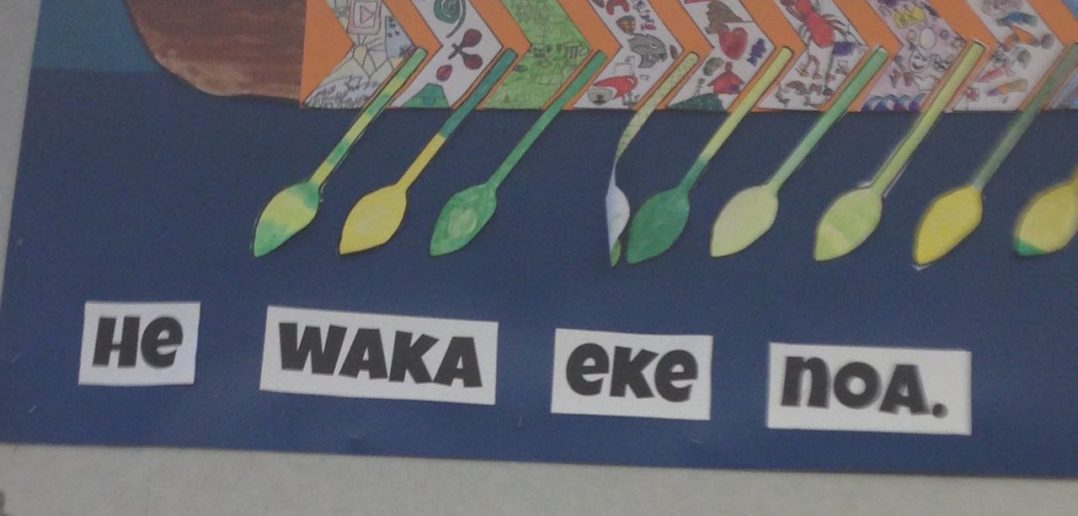


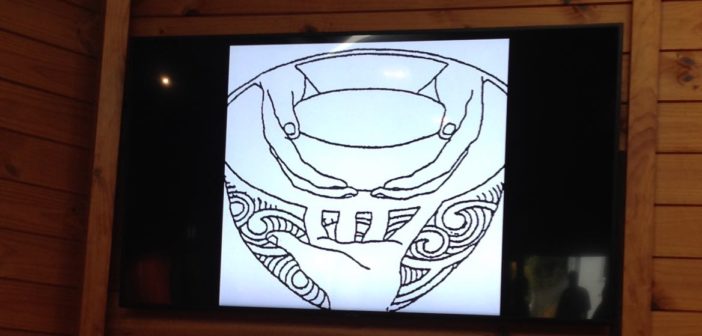
 Check out the ARTbop archives: recently published “Show Day: Lambs to the Left Goats to the Right” – art creativity and lambs at the Whakamarama School; Nick Scott’s review of the Mystery of Henri Pick; and last week’s The Sunday Series featuring Eva Cassidy and melanoma. Don’t forget the next episode of Nick Scott’s novel “Temple’s Job” publishes next Saturday ….
Check out the ARTbop archives: recently published “Show Day: Lambs to the Left Goats to the Right” – art creativity and lambs at the Whakamarama School; Nick Scott’s review of the Mystery of Henri Pick; and last week’s The Sunday Series featuring Eva Cassidy and melanoma. Don’t forget the next episode of Nick Scott’s novel “Temple’s Job” publishes next Saturday ….
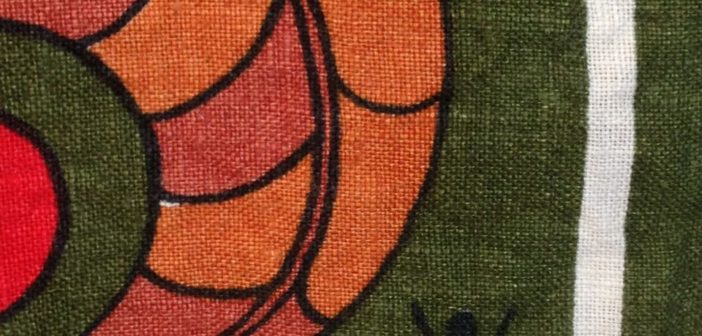
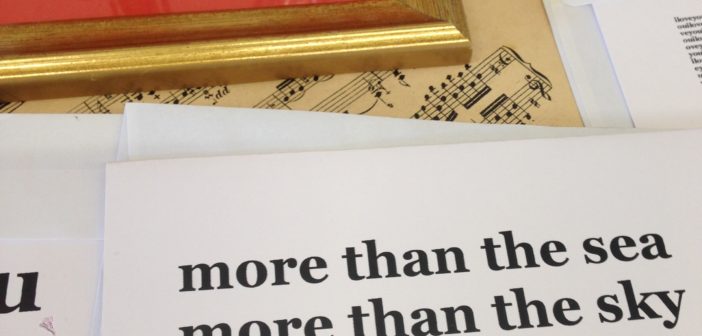
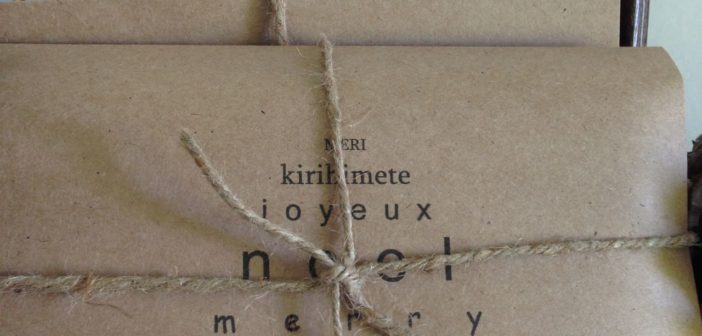
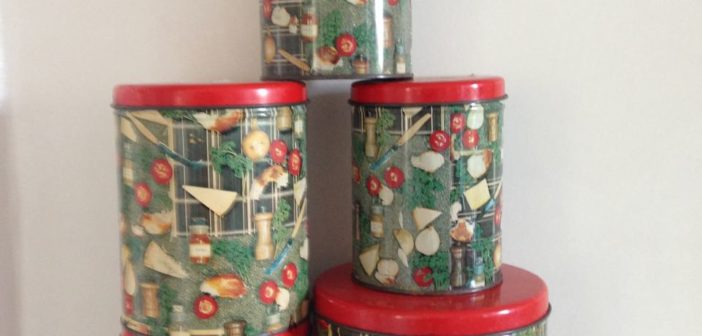
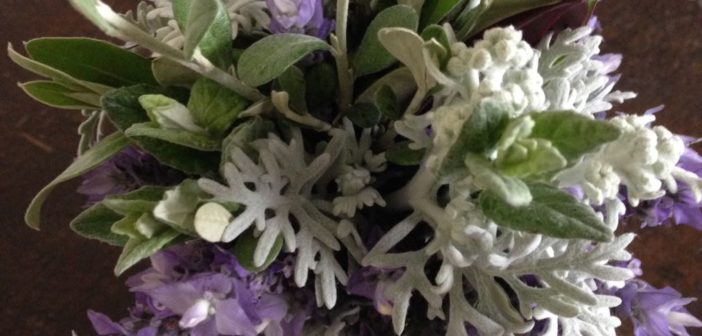
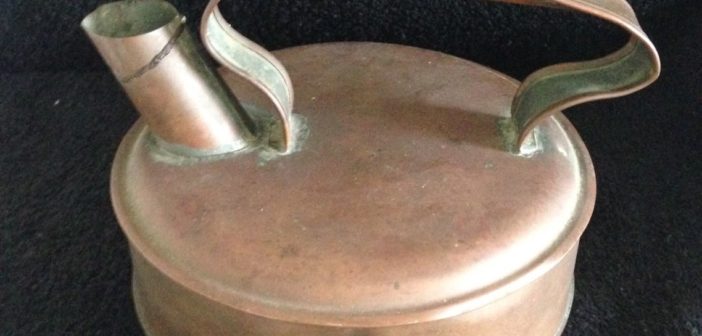
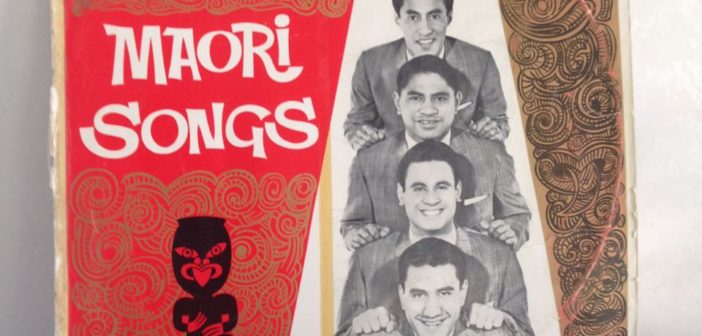
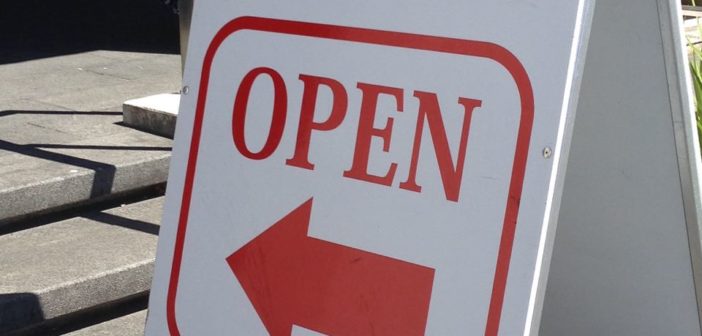
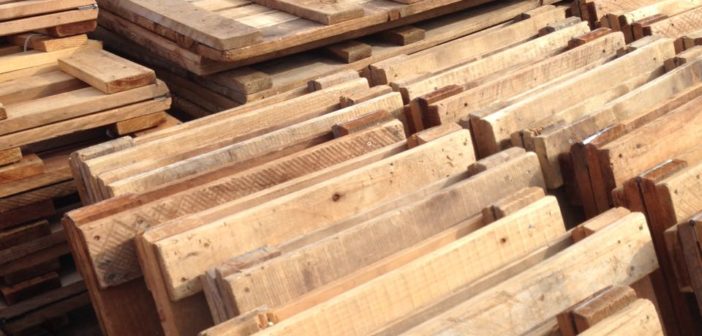 Outdoor markets and fairs for art and artisan products
Outdoor markets and fairs for art and artisan products